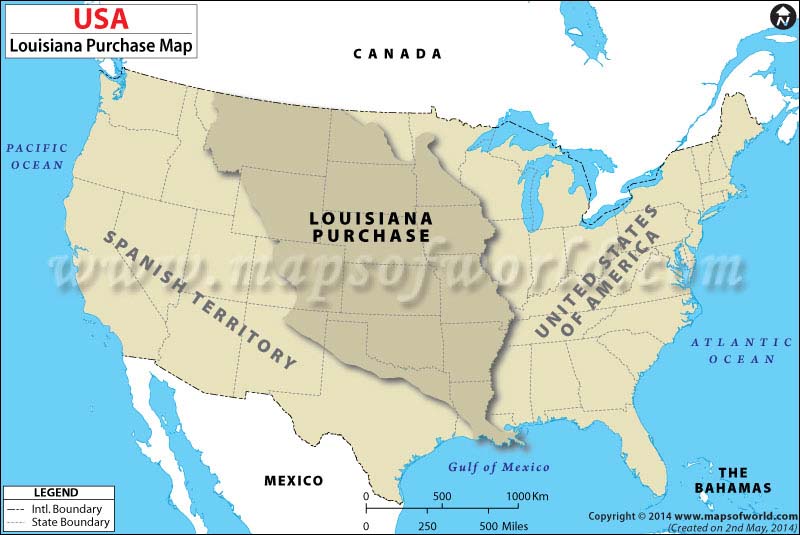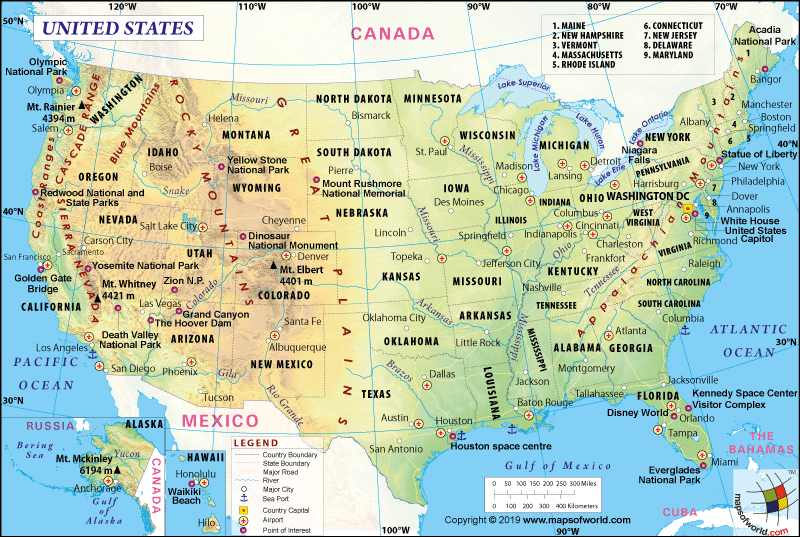What was the Lewis and Clark Expedition?

The Lewis and Clark Expedition, also called the Corps of Discovery Expedition, was undertaken by Meriwether Lewis and William Clark, to secure potential trade routes to the Pacific coast before the Europeans got there. The primary objective of this expedition was to secure the Northwest and Oregon Territories of the Pacific coast for the United States of America by negotiating with the Native Americans. This expedition was commissioned by President Thomas Jefferson and approved by the US Congress in 1803 (following the Louisiana Purchase Treaty). This is one of the most significant exploration expeditions undertaken in the US as it would chart the unknown western territory for the United States and establish US sovereignty over the “wild west.” By the time Lewis and Clark had set off on the expedition, little was known about the terrain, topography, bio-life, and the Native Americans who inhabited the land. This was one of the earliest attempts at map making and charting the United States as we now know it.
The Expedition Party
The two people selected to lead the expedition were Meriwether Lewis and William Clark. The former was a naturalist and has studied at the University of Pennsylvania. He was also a trusted personal aide to President Jefferson. The other explorer, William Clark, was a brave and courageous man from the US Army. They recruited between 30 and 40 other men to join the party. The one notable member of this expedition party was Sacagawea, a 15-year-old girl from the Shoshone tribe. Sacagawea’s presence gave the group many advantages. She could act as a translator for the Native American tribes they would encounter and the fact that she had recently given birth to a child made the Native American tribes more trusting of the exploration group.
An Era of Exploration
Lewis and Clark, along with their team (and a great deal of food and equipment) set out on this great expedition from the city of St. Louis on May 14, 1804. They travelled along the Missouri River in a barge and two pirogues. They travelled through modern-day North Dakota and spent a great deal of time getting around the Great Falls. In early 1805, they reached the Rocky Mountains and set about traversing a difficult path through the mountains. Finally, in November 1805, Lewis and Clark reached Oregon in the Pacific coast. After spending the harsh winter days in Oregon, they decided to travel back to St. Louis the following year, having covered about 8,000 miles of the most difficult terrain.
During the journey the expedition encountered friendly and hostile natives, harsh weather, and disease and injury. Despite all the challenges the families of emigrants did not give up on their will to survive and to successfully complete the expedition.
Historic Significance
The greatest success of the Lewis and Clark expedition was the successful negotiations they established with the Native Americans who inhabited the region. The team members returned with journals full of detailed entries about the geography, flora and fauna, the terrain, and possible trade routes. This was a landmark expedition as it opened up western US to settlement and charted out the territory for expansion of US sovereignty. The opening up of commercial links along the Pacific Coast was the greatest success of the Lewis and Clark Expedition. The Oregon Trail, the original route followed by Lewis and Clark became the basis for the opening up on massive westward expansion and the migration of a large number of Americans to the West. This also strengthened the US claim on these western regions, which was at the time disputed.
Related Links:
- Why were the Border States Important in the American Civil War?
- What was the Confederate States of America?


